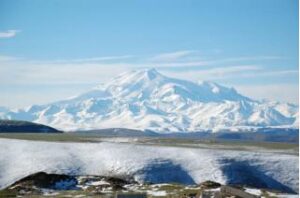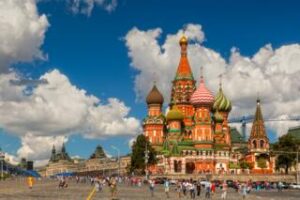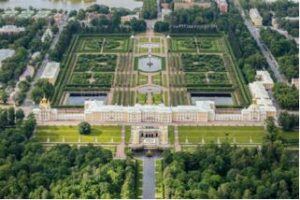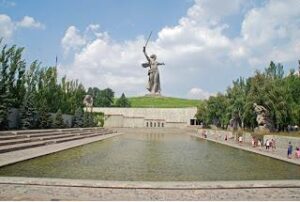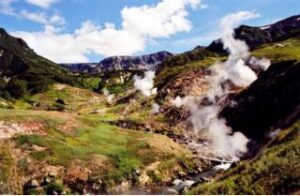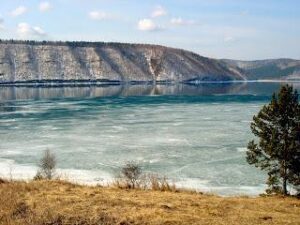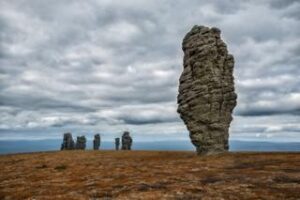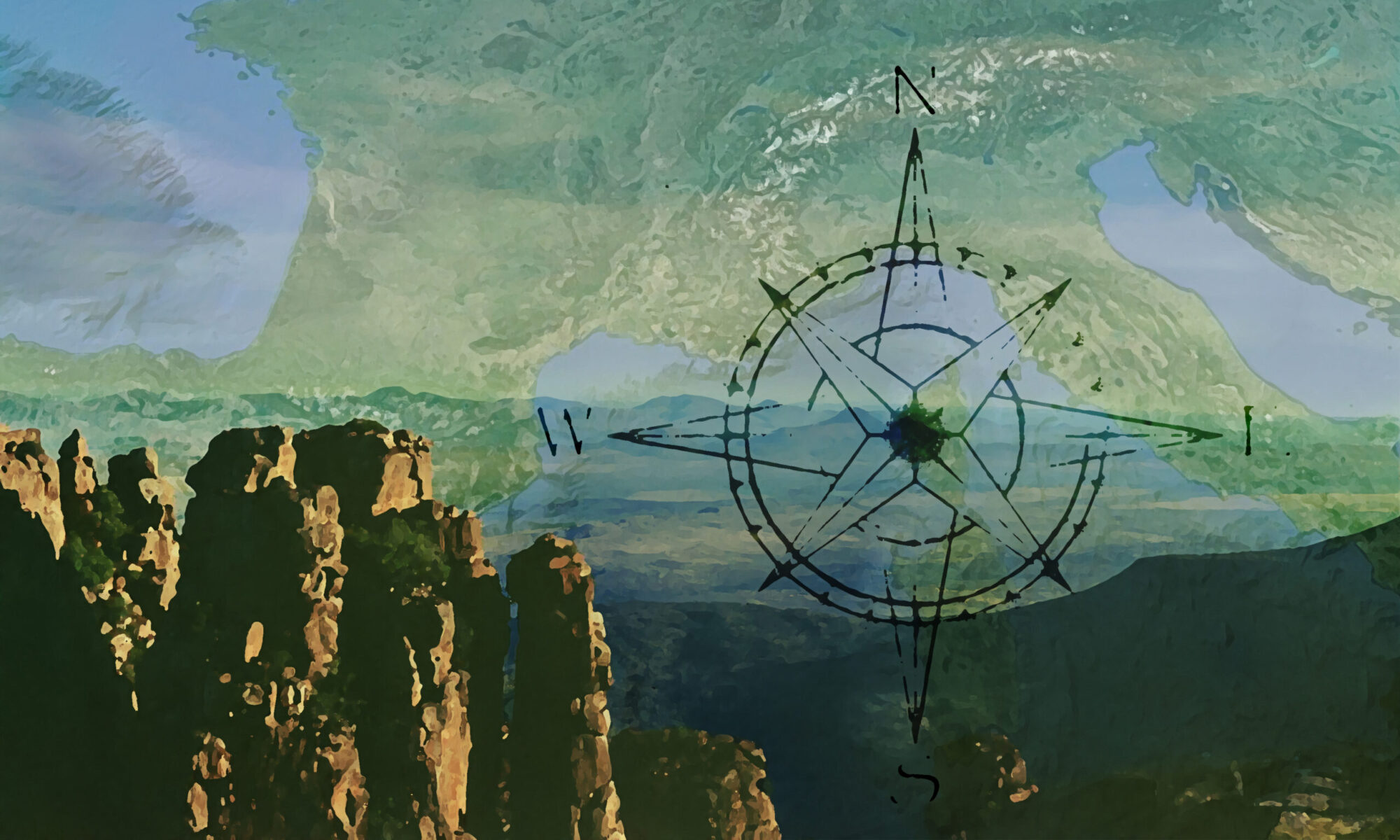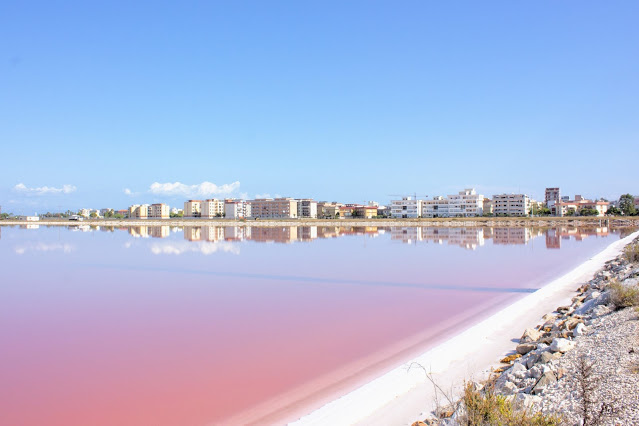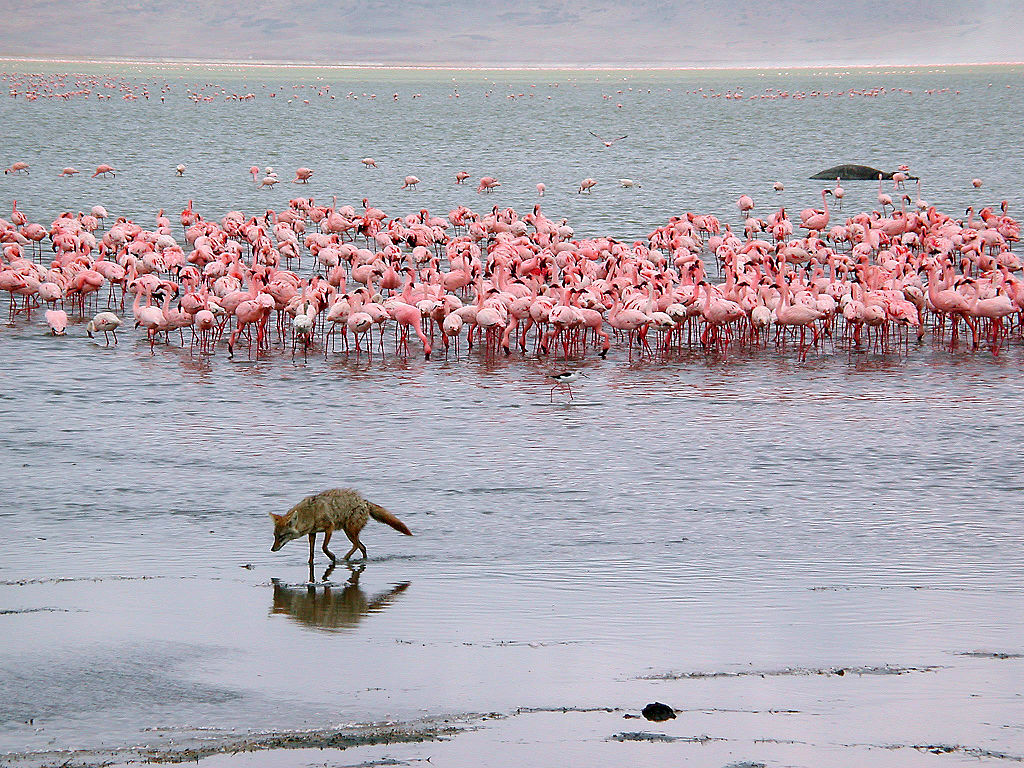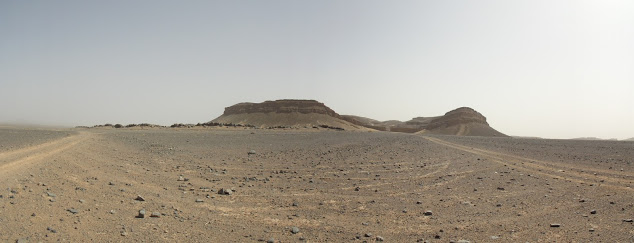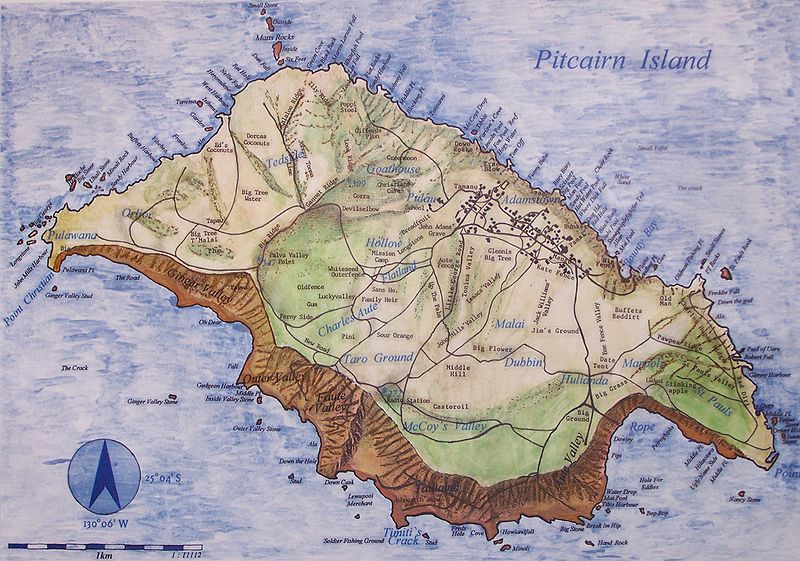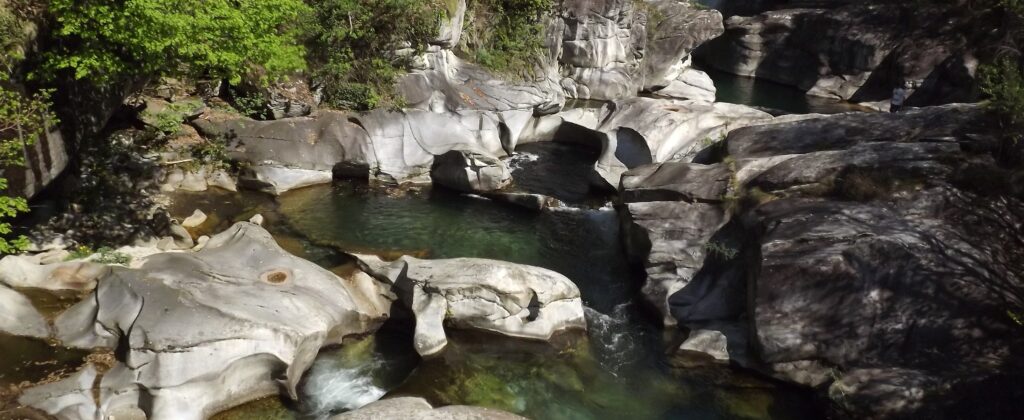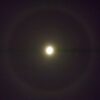 22° Halo (Lunar Halo)
22° Halo (Lunar Halo)photo © mytouristmaps A 22° halo (known also as moon […]
 7 Stunning destinations with lower costs in the springtime
7 Stunning destinations with lower costs in the springtimeSpring is a fantastic period for traveling. It offers […]
 Adam’s Peak, Sri Lanka
Adam’s Peak, Sri Lankaphoto © mytouristmaps The Adam’s Peak (Sri […]
 African man-eating lions: Ghost and Darkness from Tsavo
African man-eating lions: Ghost and Darkness from Tsavo“In the forests bordering on this line, there […]
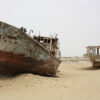 Aral Sea, Uzbekistan
Aral Sea, Uzbekistanphoto by Arian Zweger Muynak was once an important […]
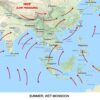 Asian Monsoon
Asian MonsoonOften travellers have many doubts about the best […]
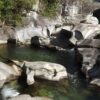 Baceno, Italy
Baceno, Italyphoto © mytouristmaps Although not spectacular as […]
 Bangkok, Thailand
Bangkok, Thailandphoto © mytouristmaps Capital and biggest city of […]
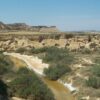 Bardenas Reales, Spain
Bardenas Reales, Spainphoto © mytouristmaps Located in the Navarra region, […]
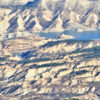 Barrancos de Gebas, Spain
Barrancos de Gebas, Spain© Gabrilost Located in the southeast of Spain, between […]
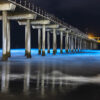 Best places to see Bioluminescence
Best places to see Bioluminescencephoto © slworking2 / Flickr – Scripp Pier, San […]
 Best Places to see Gorillas in Africa
Best Places to see Gorillas in AfricaArguably one of the most fascinating species on the […]
 Blue Whale Watching
Blue Whale WatchingThe gigantic blue whale is the biggest animal on […]
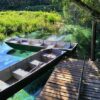 Bonito, Mato Grosso do Sul, Brazil
Bonito, Mato Grosso do Sul, Brazilphoto © Lucas Cordeiro Barbosa Dijigow The area […]
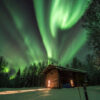 Borealis & Australis Auroras
Borealis & Australis Auroras© National Park Service, Alaska Region The Polar […]
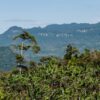 Bosawàs Reserve, Nicaragua
Bosawàs Reserve, Nicaraguaphoto © Rebecca Ore The Bosawás Biosphere Reserve, […]
 Corcovado Nat. Park, Costa Rica
Corcovado Nat. Park, Costa Ricaphoto © mytouristmaps One of the most dangerous […]
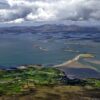 Croagh Patrick, Ireland
Croagh Patrick, Ireland© Mariusz Z The Croagh Patrick (also known as […]
 Cuisine and Culture: A Culinary Journey Through Turkey
Cuisine and Culture: A Culinary Journey Through TurkeyTake a culinary journey through Turkey, and […]
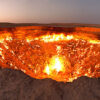 Darvaza Crater, Turkmenistan
Darvaza Crater, Turkmenistan © Tormod Sandtorv Also known as The Door to […]
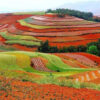 Dongchuan Red Land, China
Dongchuan Red Land, China© 2 il Org The Dongchuan Red Land is located in […]
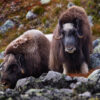 Dovrefjell Nat. Park, Norway
Dovrefjell Nat. Park, Norwayphoto © NTNU, Faculty of Natural Sciences / Flickr The […]
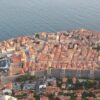 Dubrovnik, Croatia
Dubrovnik, Croatiaphoto © mytouristmaps During the Yugoslavian […]
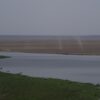 Dust Devils, Kenya
Dust Devils, KenyaDust devils, small-scale whirlwinds are fascinating […]
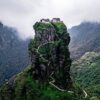 Fanjingshan, China
Fanjingshan, Chinaphoto © Nathan Ackley The UNESCO World Heritage site […]
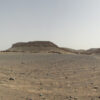 Gara Medouar, Morocco
Gara Medouar, Moroccophoto © mytouristmaps Located outside Erfoud, […]
 Great White Shark Cage Diving
Great White Shark Cage Divingphoto © Voyages etc… The Carcharodon […]
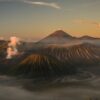 Gunung Bromo, Indonesia
Gunung Bromo, IndonesiaMount Bromo, Gunung Bromo in Indonesian, arguably one […]
 Impact Craters on Earth
Impact Craters on EarthImpact craters on earth are difficult to preserve due […]
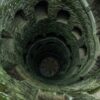 Initiation Well, Portugal
Initiation Well, PortugalQuinta da Regaleira is a land located in Sintra, a […]
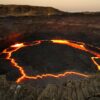 Irta’Ale volcano, Ethiopia
Irta’Ale volcano, Ethiopiaphoto © Petr Meissner The Irta’Ale (or Erta Ale) […]
 Kilmainham Gaol, Ireland
Kilmainham Gaol, IrelandIn the early 1800s, thousands of ordinary people were […]
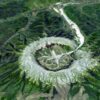 Kondyor Massif, Siberia
Kondyor Massif, SiberiaThe Kondyor Massif is a unique circular igneous […]
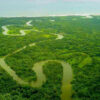 La Mosquitia, Honduras
La Mosquitia, Honduras© José Ignacio Huerta Gray The wilderness area named […]
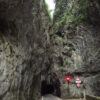 Lake Garda, Italy
Lake Garda, Italyphoto © mytouristmaps Defined by a correspondent of […]
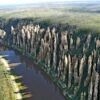 Lena Pillars, Russia
Lena Pillars, Russiaphoto © A. Butorin The Lena Pillars are a Unesco World […]
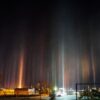 Light Pillars
Light Pillarsphoto © Powhusku Light pillars are beams of light […]
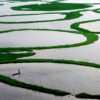 Loktak Lake, India
Loktak Lake, India© Sudiptorana Also known as the Floating Lake, […]
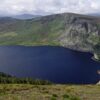 Lough Tay, Ireland
Lough Tay, Irelandphoto © mytouristmaps The Lough Tay, located in […]
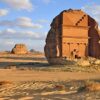 Mada’in Saleh, Saudi Arabia
Mada’in Saleh, Saudi ArabiaQaṣr Al-Farīd tomb photo © Ahmad AlHasanat Also […]
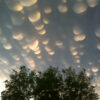 Mammatus Clouds
Mammatus Cloudsphoto © Craig Lindsay – Mammatus clouds […]
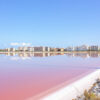 Margherita di Savoia salt pans, Italy
Margherita di Savoia salt pans, Italy© Paolo Uboldi, award-winning artwork at Apulia Land […]
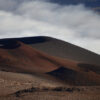 Mauna Kea: the tallest mountain of the world
Mauna Kea: the tallest mountain of the world© Thomas Tunsch With its 8.848 meters above the sea […]
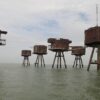 Maunsell Forts, UK
Maunsell Forts, UK© Matt Brown Projected by the engineer Guy Maunsell […]
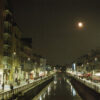 Milan, Italy
Milan, Italyphoto © mytouristmaps The Navigli are a system of […]
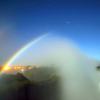 Moonbow
Moonbow© Calvin Bradshaw “The rainbow is seen by day, […]
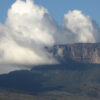 Mount Roraima, Venezuela
Mount Roraima, Venezuela© Tadashi Okoshi Located at the punto triple, […]
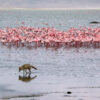 Ngorongoro Crater, Tanzania
Ngorongoro Crater, Tanzania© Vincenzo Gianferrari Pini With 16 km of […]
 Northern Ireland’s Peace Walls, U.K.
Northern Ireland’s Peace Walls, U.K.Peace Wall in Cupar Way, Belfast, photo © […]
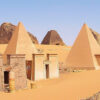 Nubian Pyramids, Sudan
Nubian Pyramids, Sudanphoto © Wufei07 Less famous than the Egyptian pyramids […]
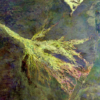 Okavango Delta, Botswana
Okavango Delta, BotswanaIt seems a bit weird that a river doesn’t reach […]
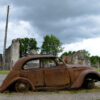 Oradour-sur-Glane, France
Oradour-sur-Glane, France© Matt Brown 10th of June, 1944. World War II. After […]
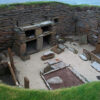 Orkneys Islands, Scotland
Orkneys Islands, Scotlandphoto © mytouristmaps The Neolithic village of Skara […]
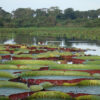 Pantanal, Brazil
Pantanal, Brazil© Raphael Milani The Pantanal Conservation Area, […]
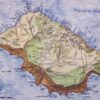 Pitcairn Islands
Pitcairn IslandsThe Pitcairn Islands archipelago is formed by four […]
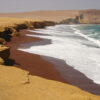 Playa Roja, Perù
Playa Roja, Perù© Vicente Gonzàlez Camacho Located in the Paracas […]
 Po Delta, Italy
Po Delta, ItalyNestled between the Veneto and Emilia-Romagna regions […]
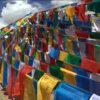 Prayer Flags, Tibet
Prayer Flags, Tibet© Preston Rhea The colorful flags, originated with […]
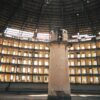 Presidio Modelo, Cuba
Presidio Modelo, CubaPresidio Modelo, © I, Friman The Panopticon Prison:a […]
 Redwood National and State Parks, U.S.A.
Redwood National and State Parks, U.S.A. Hyperion is the name of a Sequoia Sempervirens, the […]
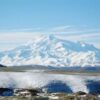 Russian Seven Wonders
Russian Seven WondersAs written by the historian Herodotus (450 b.C.), the […]
 Sahara desert, Morocco
Sahara desert, Moroccophoto © mytouristmaps In the Sahara desert, you […]
 Sarajevo, Bosnia and Herzegovina
Sarajevo, Bosnia and Herzegovinaphoto © mytouristmaps The peculiarity of […]
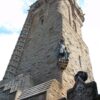 Stirling, Scotland
Stirling, ScotlandSir William Wallace (1270-1305) was a Scottish knight, […]
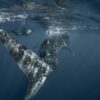 Swimming with Whale Sharks
Swimming with Whale Sharks© Brian Lauer Known to be the gentle giant of the sea, […]
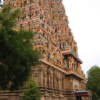 Tamil Nadu, India
Tamil Nadu, India© Shareef Taliparamba The Meenakshi Temple, […]
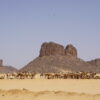 Tassili n’Ajjer Nat. Park, Algeria
Tassili n’Ajjer Nat. Park, Algeria© hanming_huang / Flickr The Tassili n’Ajjer National […]
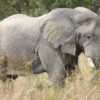 The Big Five, South Africa
The Big Five, South Africaphoto © mytouristmaps (Pilanesberg Nat. Park) Known […]
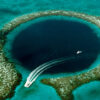 The Great Blue Hole, Belize
The Great Blue Hole, BelizeThe Great Blue Hole is located near the Lighthouse […]
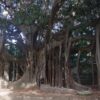 The Great Ficus in the Botanical Garden of Palermo, Italy
The Great Ficus in the Botanical Garden of Palermo, Italyphoto © mytouristmaps The Great Ficus in the Botanical […]
 The Motorcycle Diaries, South America
The Motorcycle Diaries, South AmericaOne of the most fascinating trips through the South […]
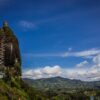 The Rock of Guatapé, Colombia
The Rock of Guatapé, Colombia© Angel Escartin Casas Also known as Stone of Peñol […]
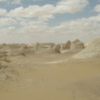 the White Desert, Egypt
the White Desert, Egypt© Vyacheslav Argenberg The Sahara el Beyda, well known […]
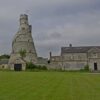 The Wonderful Barn, Ireland
The Wonderful Barn, IrelandConstructed in 1743 after the ‘Black […]
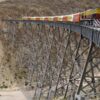 Tren a las Nubes, Argentina
Tren a las Nubes, ArgentinaThe Tren a las Nubes is a tourist train that runs onto […]
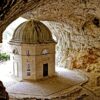 Valadier Temple, Italy
Valadier Temple, Italyphoto © Alicudi Located in the central Italian […]
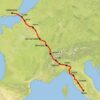 via Francigena, Europe
via Francigena, EuropeAs well as the most famous Camino de Santiago, the via […]
 Vilnius, Lithuania
Vilnius, Lithuaniaphoto © Mirco Consoli In Vilnius, there is a […]
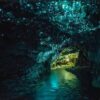 Waitomo Caves, New Zealand
Waitomo Caves, New Zealand© 2il org The Waitomo Glowworm Caves, part of the […]
 World Top 15
World Top 15HIGHEST MOUNTAINS 1. Everest 8 848 m […]
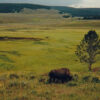 Yellowstone National Park, U.S.A.
Yellowstone National Park, U.S.A.photo © mytouristmaps Everyone knows Yellowstone, […]
